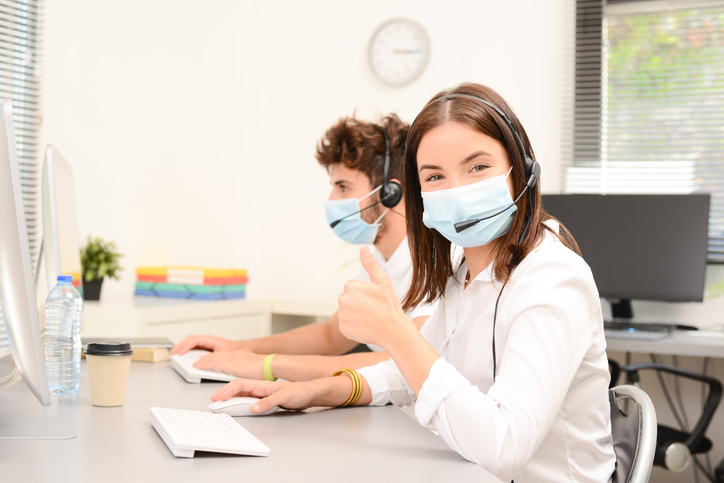After you’ve completed your medical and health administration training, you’ll have office management and technical skills that can help you access a brand new career. But what will your day look like once you get there? Working as a medical office administrator comes with plenty of variety, challenges, and different responsibilities.
Whether you find yourself working in a clinic, private practice, hospital, or a long-term care home, you can expect to have a variety of tasks to be accountable for in your day-to-day work life. Read on to find out what a typical day looks like for someone working in medical and health administration.
A Significant Part of Your Day Will Involve Communicating With Others
Having good interpersonal communication skills is a big asset for anyone hoping to find a career in medical and health administration. You aren’t just dealing with paperwork or numbers in this job—your role might be very client-facing at times, too. For example, you might be tasked with handling appointments for clients, spending part of your day scheduling and confirming different bookings. You might also find yourself greeting clients as they arrive, or answering phone calls and emails.
Communicating effectively about important matters with clients and colleagues is also part of succeeding in this role, particularly if you move into a more senior position and are tasked with managing other staff members. If you are a people person and enjoy interacting with others, this is an aspect of the job that you might find especially rewarding.

Financial Tasks Might Also Become Part of Your Routine in This Career
Once you’ve completed your medical and health administration training, your skills in math and handling financial duties could also be put to the test. That’s because billing and other similar tasks are also a common responsibility in this role. For example, you may tackle OHIP billing as part of your day to day tasks throughout your career. Fortunately, even if you don’t feel completely comfortable with numbers, your training can help you develop the skills you need to feel confident tackling these responsibilities.

Other Possible Daily Responsibilities After Your Medical and Health Administration Training
Of course, your daily life after your health administration courses isn’t simply limited to these two facets. You can also expect other duties such as making spreadsheets, formatting medical reports, medical transcription, and/or keeping records and files. These are tasks you’ll be able to handle with the help of the Microsoft Office Suite and the software program ABLEMed, which you’ll learn all about in your training.
Other duties such as infection control may also be a part of your day, as you help your clinic or doctor’s office stay safe. In addition, while it’s rare for an emergency to happen, you should also stay alert while on the job in case a medical emergency suddenly occurs.
Are you looking to get your medical and health administration diploma?
Contact Canadian Business College to find out more

